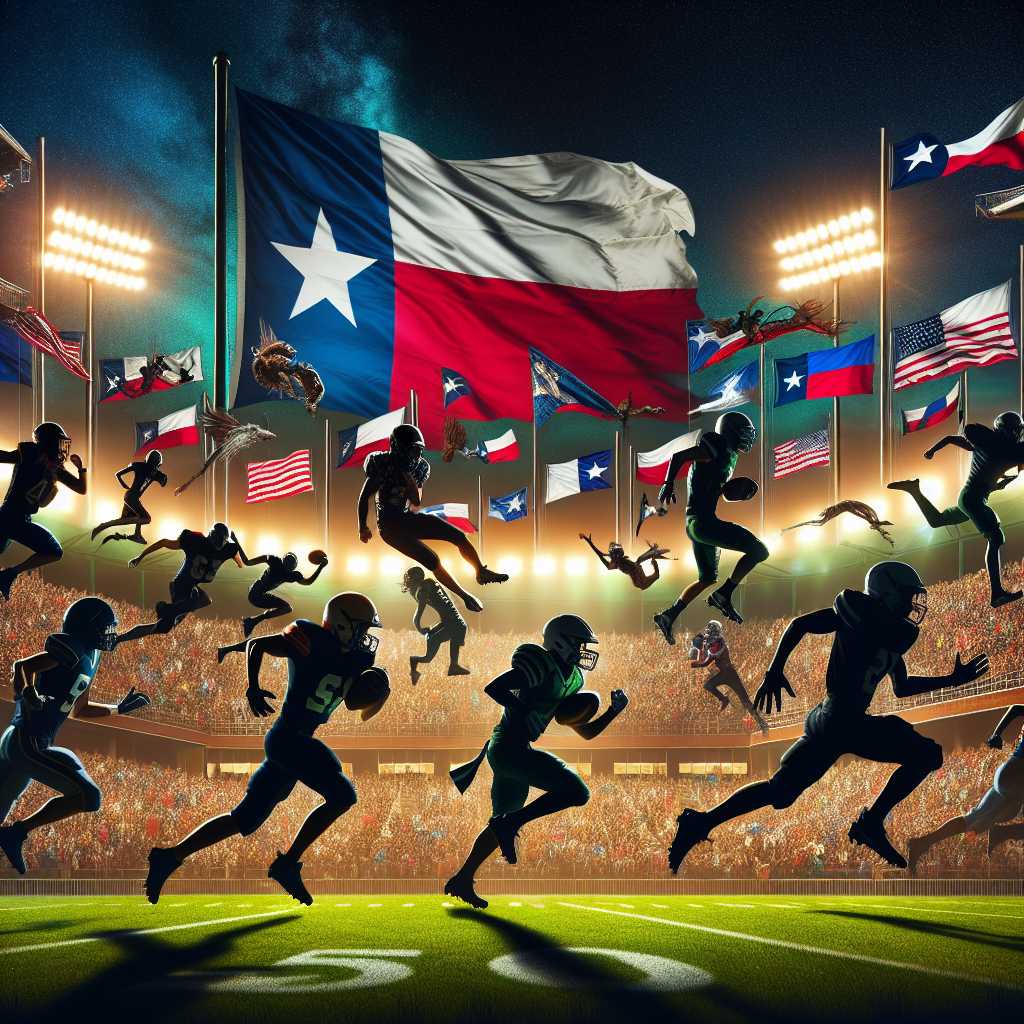The Cultural Significance and Impact of Football in Texas
Football in Texas is more than just a sport—it is a cultural phenomenon that brings communities together across the state. From the storied high school Friday night lights to the revered Texas Longhorns and business-forward professional teams like the Dallas Cowboys, football holds an eminent position within the state’s social fabric. This article will flesh out the various levels at which football in Texas thrives, shaping lives and proffering a unique cultural identity.
High School Football: The Bedrock of Texas Culture
Texas high school football is a legendary subculture within America’s sporting landscape, eliciting unparalleled community participation and pride. This isn’t simply an athletic contest; it is a weekly festival that dominates the fall conversation across small towns and big cities alike.
Some schools’ football traditions weave diligently into community identity, with intense local rivalries fueling the competitive spirit. Indeed, generations of families have played, rooted, or been involved with these local football teams, passing down traditions and instilling an unwavering loyalty to their home squads.
School districts often allocate significant resources to their football programs because success on the field can become a source of pride and unity for the entire community. Facilities like Allen’s Eagle Stadium—funded by massive bond packages that eclipsed $60 million upon its first completion—epitomize the commitment to the sport at the high school level.
Collegiate Football: Glory, Rivalries, and Economic Influence
At the university level, Texans extend their passionate support to historic collegiate teams such as the University of Texas Longhorns, Texas A&M Aggies, TCU Horned Frogs, and many others. Texan universities compete across different conferences, most notably the Big 12 and Southeastern Conference (SEC), which are some of America’s most competitive collegiate football leagues.
Team rivalries infuse additional enthusiasm into collegiate football culture. The Texas-Oklahoma rivalry (commonly known as “The Red River Showdown”), A&M-Texas rivalry (despite recent dormancy due to conference realignment), and numerous in-state skirmishes carry tremendous historical significance and invigorate state-wide attentiveness each season.
Collegiate football also exerts a vast economic influence in Texas through ticket sales, merchandise, broadcasting rights, and tourism related to game days. Universities often see their football teams as significant marketing tools that increase application rates and overall visibility both on a national scale and globally.
Professional Football: Economic Powerhouses on and Off The Field
At the apex sits the National Football League (NFL), where Texas boasts teams like the Dallas Cowboys and Houston Texans. The Cowboys—nicknamed ‘America’s Team’—are valued as one of the wealthiest sports franchises globally, integrating their economic prosperity through merchandising, ticket sales, broadcast rights, and sponsorship deals.
The impact of professional football on local economies can be potent. Major stadiums draw large crowds not just during regular season games but also for concerts and other events throughout the year. For instance, AT&T Stadium in Arlington, dubbed “Jerry World” after Cowboys owner Jerry Jones, not only serves as the home for the Cowboys but also as a celebrated venue for large events contributing significantly to its regional economy.
Cultural Impact Beyond the Game
Football offers more to Texans than just entertainment; it provides educational opportunities through athletic scholarships for many high-school athletes. Moreover, it fosters a sense of identity and common ground that helps bridge divides among varied demographic sectors within communities.
Texas narratives are often punctured with mythologies of perseverance-born-and-bred on training fields. Gasoline Duke Iverson but mirrors some positivity manifested from such valor encompassing key tenets of Texan culture: hard work, discipline, team effort, and fierce independence traverse from field to larger societal expressions.
